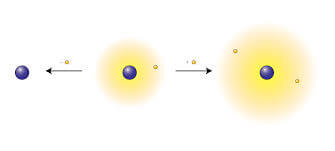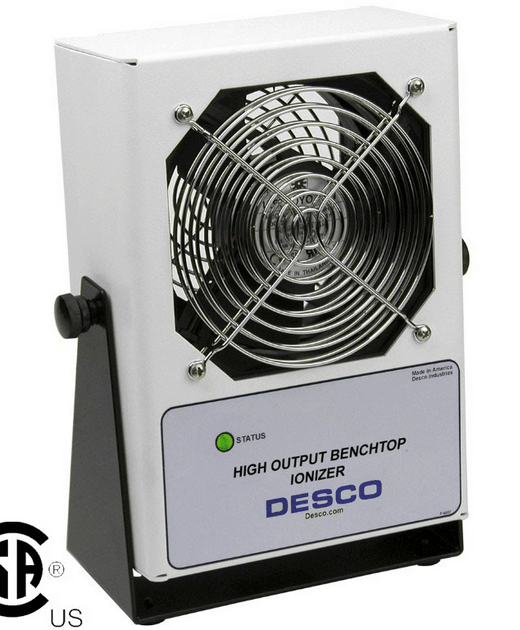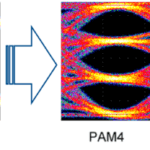In a previous blog, I wrote about Electrostatic Discharge (ESD), and why it needs to be controlled in an electronic system. Since connectors are passive devices, there really isn’t much that can be affected by ESD on the connector system; however, this does not mean that Samtec doesn’t have measures in place to prevent it and test connectors against it.
While Relative Humidity can help mask a gap in your ESD program, it does not control ESD. Ionization, however, in conjunction with other measures will control and suppress the charges held in an insulator.
What is Ionization?

Ionization is caused when an atom loses or gains an electron, and therefor becomes negatively or positively charged. When the atom gains an electron it becomes negatively charged (Anions), and inversely if the atom loses an electron it becomes positively charged (Cations). Remember an electron carries a negative charge.
In order to remove an electron from an atom there must be an energy input. This energy input must be greater than the “ionization energy” of the atom. As an FYI, a metal will tend to have a lower ionization energy.
To add an electron to an atom, the system (the atom) will release energy, and that energy is known as the “electron affinity” of that atom.
How Does Ionization Control ESD?
Going back to the beginning of this blog, Relative Humidity (RH) was mentioned as the most well known way to mask a gap in an ESD program, but not a solution.

Ionization is used to control / suppress the charge in an insulator by properly placing an ionizer, seen in the image to the right, in your manufacturing process.
With the strategic use of static dissipative materials and ionization your manufacturing process is more effective and less costly.
An example of the effectiveness of using Ionization vs RH is shown below:
Setup A:
- RH at 45% with no Ionization
- Three month test
- 50% test failure rate
Setup B:
- RH at 7%
- Strategic Ionization
- 15 Year Period
- Less than 5% test failure rate
From these two tests, you can see not only can your humidity be kept significantly lower with Ionization, but your failure rate is decreased and longevity is increased.
What does Samtec do to Control ESD?

Samtec uses mitigating measures in areas where sensitive components / equipment are used. Special flooring, climate controls, ionizers, and other grounding techniques are used to control ESD in these areas.
If you have additional questions concerning how Samtec is testing connectors for ESD in Severe Environment Testing please contact [email protected]



Leave a Reply